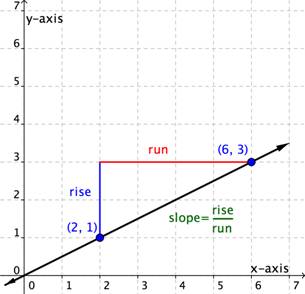

Note that every point in the Cartesian plane has two values (hence the term ordered pair) associated with it.

This correspondence is the basis of the polar coordinate system.

This observation suggests a natural correspondence between the coordinate pair ( x, y ) ( x, y ) and the values r r and θ. The angle between the positive x x-axis and the line segment has measure θ. The line segment connecting the origin to the point P P measures the distance from the origin to P P and has length r. The point P P has Cartesian coordinates ( x, y ). To find the coordinates of a point in the polar coordinate system, consider Figure 7.27. In this section we see that in some circumstances, polar coordinates can be more useful than rectangular coordinates. The polar coordinate system provides an alternative method of mapping points to ordered pairs. This is called a one-to-one mapping from points in the plane to ordered pairs. The rectangular coordinate system (or Cartesian plane) provides a means of mapping points to ordered pairs and ordered pairs to points.


 0 kommentar(er)
0 kommentar(er)
